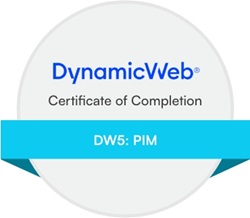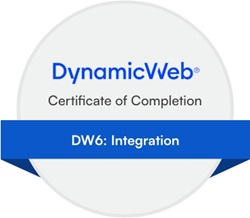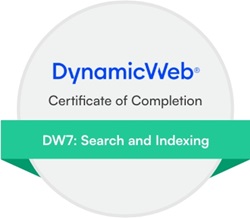Hello,
We've integrated AD authentication into our frontend application. The authentication workflow generally functions as intended. However, we've encountered an issue when a user initiates a login but fails due to not being part of the allowed AD domain.
Specifically, when the user clicks the login button, they are redirected to the AD login page as expected. If the login fails (e.g., the user is not part of the permitted AD domain), the browser seems to cache this 302 redirect. As a result, on subsequent attempts to access our website, the user is automatically redirected back to the AD login page, with no option to navigate back to the main website.
We're looking for a way to prevent the browser from caching this 302 redirect to allow users to return to the main site after a failed login attempt. Does anyone have suggestions on how to manage or configure these redirects to avoid caching, or any other solutions to this problem?
Thank you in advance for your help!













